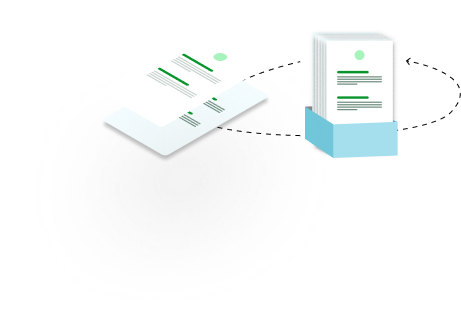

By Moradeke Owa | Last updated: Jul 10 | 6 min read
Tom Hiddleston’s priceless reaction to his Thor audition is a solid reason why we need auditions. Auditions help you judge artist performances without bias. So many legendary artists have flunked auditions and judging their present performance, one would have thought they never did but they do. Auditions help casting directors pick the best fit for the role and help artists themselves improve their talent and get recognition for it.
An audition form template helps you keep your audition process smooth and easy by collecting artists’ details. Let’s explore how to create audition form templates and why you need them.
An audition form template is a consistent format for collecting information from artists auditioning for a role or part in theater, music, dance, or film. It’s a standardized form that asks all applicants the same questions to make the audition process smooth and without bias.
Also, having a standard template makes you look more professional and helps you filter down on talents that will be invited for the audition. Instead of having everyone come for the audition, you can screen through the form responses and select only qualified candidates to come for the audition.

The primary goal of having an audition form template is to make the audition process more organized and give artists a fair chance to showcase their talent. So, let’s look at the important components your audition form template must have to achieve this goal:
Here are some reasons why you shouldn’t skip having an audition form template and jumping right into auditions:
Let’s look at some best practices to ensure you get the best results from your audition form template:

Depending on your production type, there are various formats for audition form templates. The following are the most common examples:
People auditioning for theatre productions need to deeply understand the character and the play itself to submit relevant information. Your audition template should include actor role preferences to indicate their interest in specific roles within the production. It should also collect their experience, vocal range (if it’s a musical), monologue, or scene excerpts. Also, collect fitness reports and movement skills if the role requires physicality or fight choreography.
Your film and TV audition form should collect professional headshots and an updated resume. You also need to know each actor’s availability, for potential filming dates and if there’s any conflict of interest. Ask applicants about any other skills they have that might be relevant to the role like specific accents, prop handling, stunt experience, camera work, directing, voice-acting for animation, or production skills.
A dance audition form will be different from film or theatre, the goal is to capture the dancer’s skills and style. So their audition form should collect information about their dance styles e.g. ballet, jazz, hip-hop, lambada, salsa, etc.
America’s Got Talent auditions are filled with auditions that will leave you in shock about how people can say they are very talented at something they clearly aren’t. So, ask applicants to upload a video showcasing their dance skills. Also ask them to list their past dance experience, including studios, companies, and performances. Finally, depending on the kind of performance you need dancers for, you can request their height, weight, and other physical attributes.
After collecting the musician’s personal details like name and contact information, ask about their musical abilities and skills such as instrument played, music theory knowledge, and a live recording showcasing their musical abilities.
You can also collect their musical repertoire that highlights their pieces relevant to the audition style. Most musical artists are multi-talented include an open-ended section in your audition form that asks for their special skills e.g. music production.

Your audition form makes your audition process more structured, efficient, and fair. It also helps artists understand exactly what you need from them and make a good first impression.
There’s also no universal format for your audition form template, it all depends on your production type. However, the more customized your audition form is, the more likely you are to receive thoughtful applications. We hope this guide helps you manage your audition process better and here’s a template to get you started.
×

Connect to Formplus, Get Started Now - It's Free!